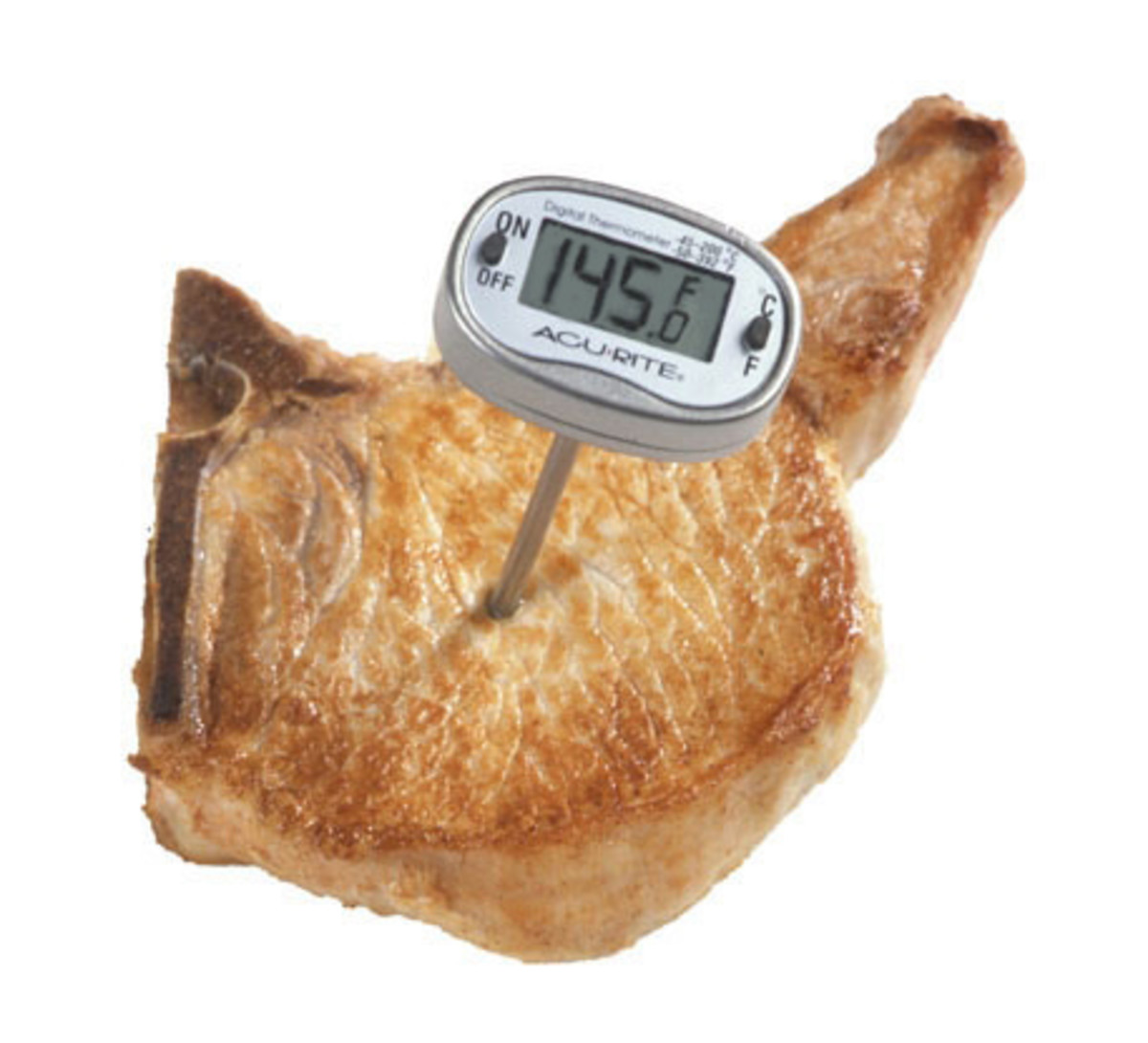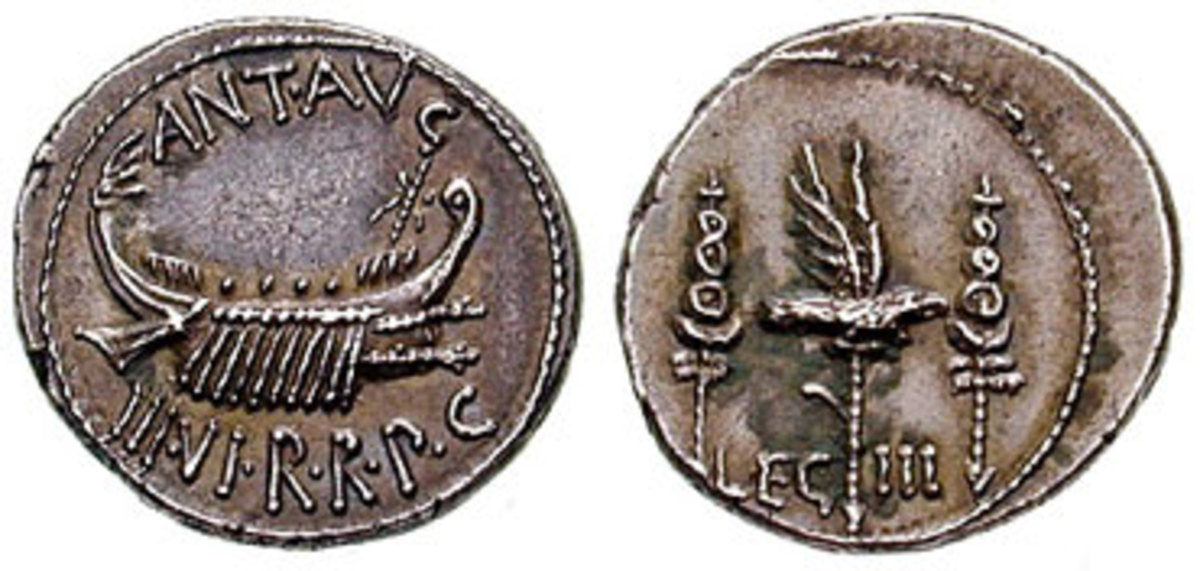Infant Formula and Baby Food Standards
What are the major standards for baby food, infant formula, formula milk and other products intended for infants and toddlers?
ISO Standards for Formula and Baby Food
ISO 8156 is the standard test procedure for determining the insolubility index of powdered milk products like powered infant formula.
ISO 8381 is the gravimetric method of determining the fat content of milk-based infant formula and milk based formula that is at least 95% milk product.
For example, baby milk meets this standard even if it contains 2% added nutrients or up to 5% soy protein. This standard was published in 2008.
ISO 8967 is the test procedure for determining the bulk density of dried milk products like baby formula and powdered skim milk.
ISO 20128 is the method of determining the amount of Lactobacillus acidophilus present in milk products by counting colonies of the pathogen in samples heated to 37°C.
ISO 29981 describes the method of counting colonies of bifidobacteria by heating it to 37°C in milk products like formula milk.
ISO 6887-5 gives the ISO guidance for preparing test samples for examining them for the presence of microorganisms. ISO 6887-5 replaces BSI BS EN / ISO 8261.
ISO TS 22002 lists the prerequisites for food safety programs in general, including caterers and facilities that care for children.
ISO 14673 is the ISO standard for measuring the amount of nitrate in milk products like cheese and milk based baby formula. ISO 14673 part 2 measures the amount of nitrate present using segmented flow analysis.
ISO 14673-1 uses spectrometry to measure the presence of nitrates. ISO 14673 part 3 uses cadmium reduction and flow injection analysis to determine the presence of nitrates.

ASTM Standards for Baby Food and Infant Formula
ASTM International does not have standards specifically related to food products like infant formula. However, ASTM E2299-11, the standard guide for the sensory evaluation of products by infants and children, includes baby food and infant formula.
Related standard ASTM E253 gives the standard terminology used to describe the sensory evaluation of products.
ASTM E1958 is the general guide to substantiating sensory claims such as “our baby food is preferred by three out of four toddlers”. It describes the sampling techniques used, how products are selected, the proper design of tests and interview techniques. ASTM standards for product testing repeatedly state that participant safety is first and foremost.
European Standards for Baby Food
European Standard BSI BS EN 15850 outlines the method of determining the presence of zearalenone in maize, corn, wheat and other grain based foods. BSI BS EN 15850 calls for the HPLC method to be used.
BSI BS EN 12014-5 describes how the presence of nitrates of measured in baby food that contains vegetables.
EU 2003/13/EC is a European Union directive on the processing of cereals used in baby food.
BSI BS 1743-3 was the British standard for finding the insolubility index of dried milk products like powered formula milk intended for infants. This standard was replaced by ISO 8156.
BSI DD ISO/TS 15495 gives guidelines of determining the amount of melamine and cyanuric acid using LC-MS/MS.
DS DS/EN 15890 is the method of determining the presence of patulin in fruit products like fruit juice intended for young children and infants.
Government Standards for Formula and Baby Food
A-A-20172B is the USDA's Agricultural Marketing Service's Commercial Item Description or CID on infant formula packaging.
21 CFR PART 107 is the federal standard for infant formula. 21 CFR PART 106 is the U.S. federal government's standards for infant formula quality control procedures.
7 CFR PART 226 outlines the federal government's standards for child care food programs as well as adult care food programs. 7 CFR PART 210 is the federal standard for the national school lunch program; this program is limited to school age children. 7 CFR PART 248 gives the guidelines for the Women with Infants and Children or WIC farmer's market nutrition program; this program includes mothers with infants and children under 5.








